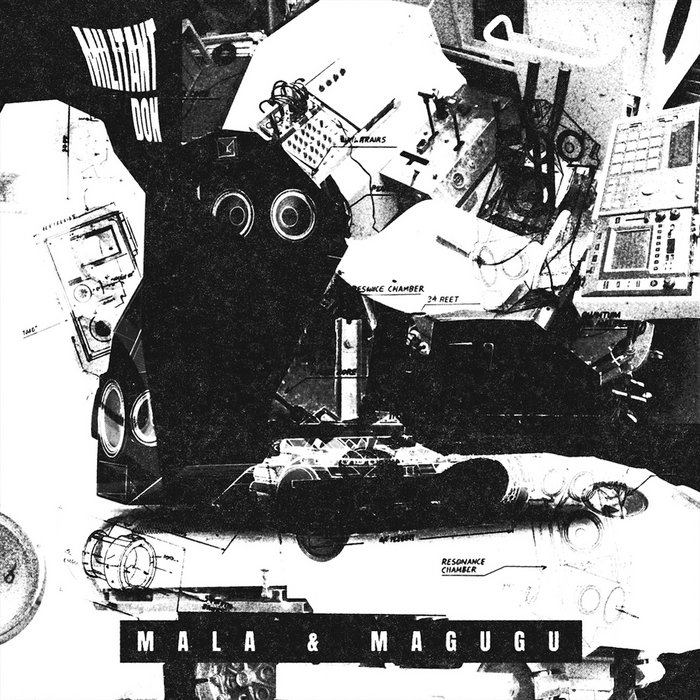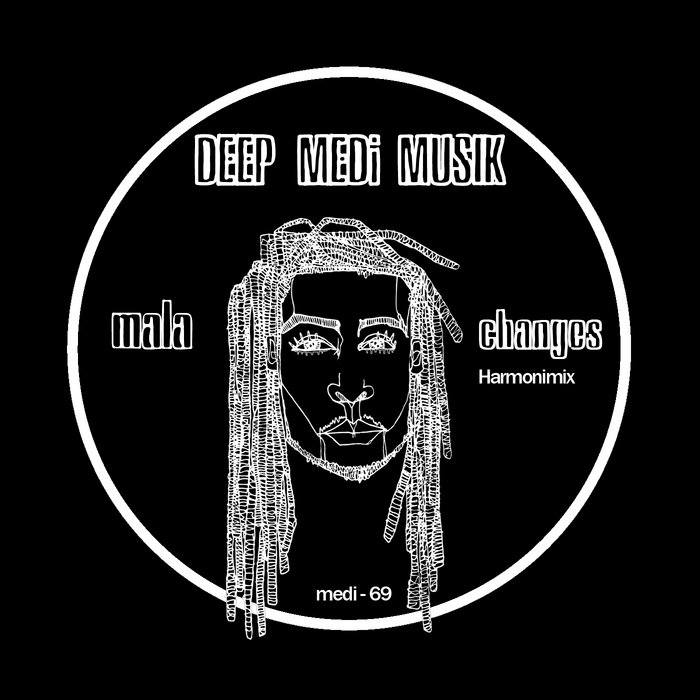
MILITANT DON – Mala x Magugu
this blog is GROOVY – check out great Soul, Funk, Jazz, Hip Hop, Bass, Breaks , Reggae, House n many more TUNES
Welcome to the vibrant, soulful world of Malā, a music genre that weaves together rhythm, tradition, and modern vibes. Originating from the lush landscapes of East Africa, Malā has roots steeped in rich cultural heritage and a sprinkle of playful spirit. So grab your headphones as we groove through the history and some quirky tales related to this lively genre!
Malā music blossoms primarily from Kenya and Tanzania, where traditional sounds meet contemporary beats. This delightful fusion came to life in the late 20th century when musicians began blending local melodies with elements from genres like hip-hop, reggae, and R&B.
The name “Malā” itself is derived from local dialects meaning “to be free.” And let’s be real: nothing says freedom quite like dancing barefoot under a starry sky while enjoying good food and great company!
Traditionally, Malā was played during rituals and celebrations – think weddings, harvest festivals, or simply gatherings around a fire roasting sweet potatoes! It became an expressive medium for storytelling—sharing legends passed down through generations—and it still does today.
Imagine sitting around a campfire; one musician strums their guitar while another joins in with rhythmic chants. That’s how communities bonded over years—through music that resonated with life’s highs and lows!
Throughout its evolution, several musical styles have shaped what we now know as Malā:
As artists embraced these diverse inspirations—a funky tapestry emerged that truly embodied East Africa’s soul!
When you talk about mixing genres like peanut butter meets jelly — you can’t forget about those funky mashups! Some artists took traditional songs and layered them with pop hooks or electronic beats—creating tunes destined for dance floors worldwide!
In fact…
Now here comes some lightheartedness! Below are goofy anecdotes that’ll tickle your funny bone:
The Dancing Drummer: One famous drummer known as Lenny “Shuffle” Karanja gained notoriety not just for his sick drum skills but also because he would break into ridiculous dance moves mid-performance—often distracting everyone else on stage!
Singing While Snacking: Asha Mwaki, renowned for her powerful voice acquired quite the following not only for her soulful ballads but also because she reportedly insisted on having snacks available during recording sessions… making sure each note was deliciously sung!
Costume Catastrophes: At one festival gig in Nairobi, Juma “Rasta” Biko showed up wearing mismatched socks intentionally claiming they were his ‘lucky charm’. He ended up losing one sock during an enthusiastic performance leading fans to cheer him on even more—it became part of his act!
Non-stop Jamming Sessions: There’s this legendary story about musicians who jammed so hard they forgot their instruments weren’t plugged into anything—they were caught playing air guitars instead when someone turned off the map-heavy speakers after closing time!
Language Limbo Competition: In recent years at a festival crossover event involving both international stars & local talent; you had English-speaking rappers trying out their Kenyan slang while locals attempted spitting rhymes in perfect King’s English leading to humorous translations lost somewhere between accents.
These hilarious little moments remind us that while artistry is serious business… fun should never be off-limits either!
Today’s scene showcases both emerging talents brimming with energetic creativity alongside veteran acts continuing timeless traditions giving honors back to their roots within newer spaces such as digital streaming platforms — ensuring exposure remains high globally too.
Artists increasingly collaborate across borders bringing forth new flavors inspired by different cultures allowing listeners everywhere access experiences unlike any other before—including catchy choruses that’ll make you wanna groove along (maybe even pull out some wild moves)!
So there ya go folks—the vibrant journey behind malà music offers way more than just soundwaves—it mixes culture beautifully carrying laughter along every beat too.
Next time you’re jamming out or discovering fresh tracks take a moment embrace its essence knowing behind those rhythms lies true passion happiness shared among countless souls wherever they may dwell today 🚀🎶
Keep vibing,
Your friendly neighborhood assistant!

MILITANT DON – Mala x Magugu

Changes (James Blake Harmonimix) – Mala